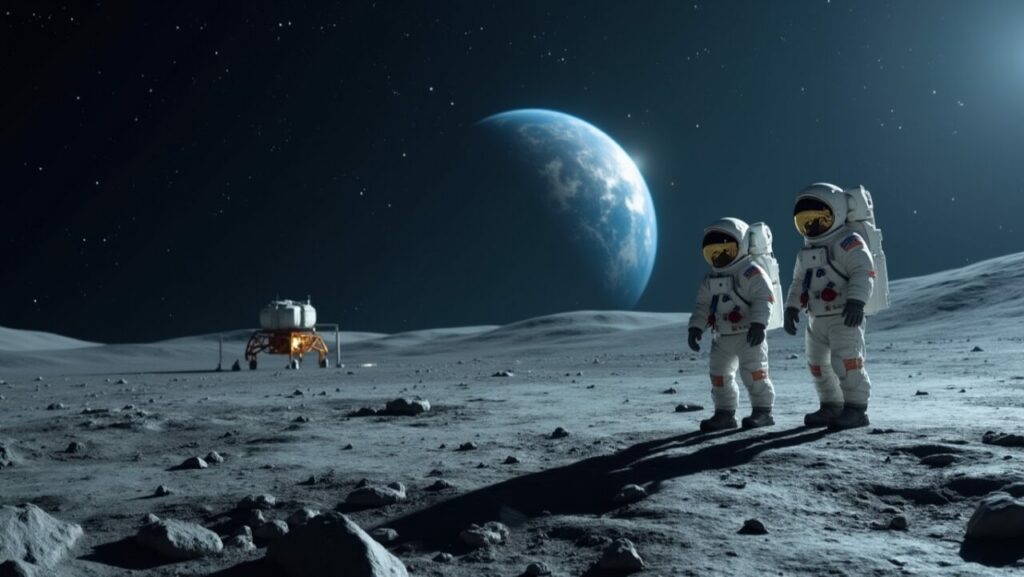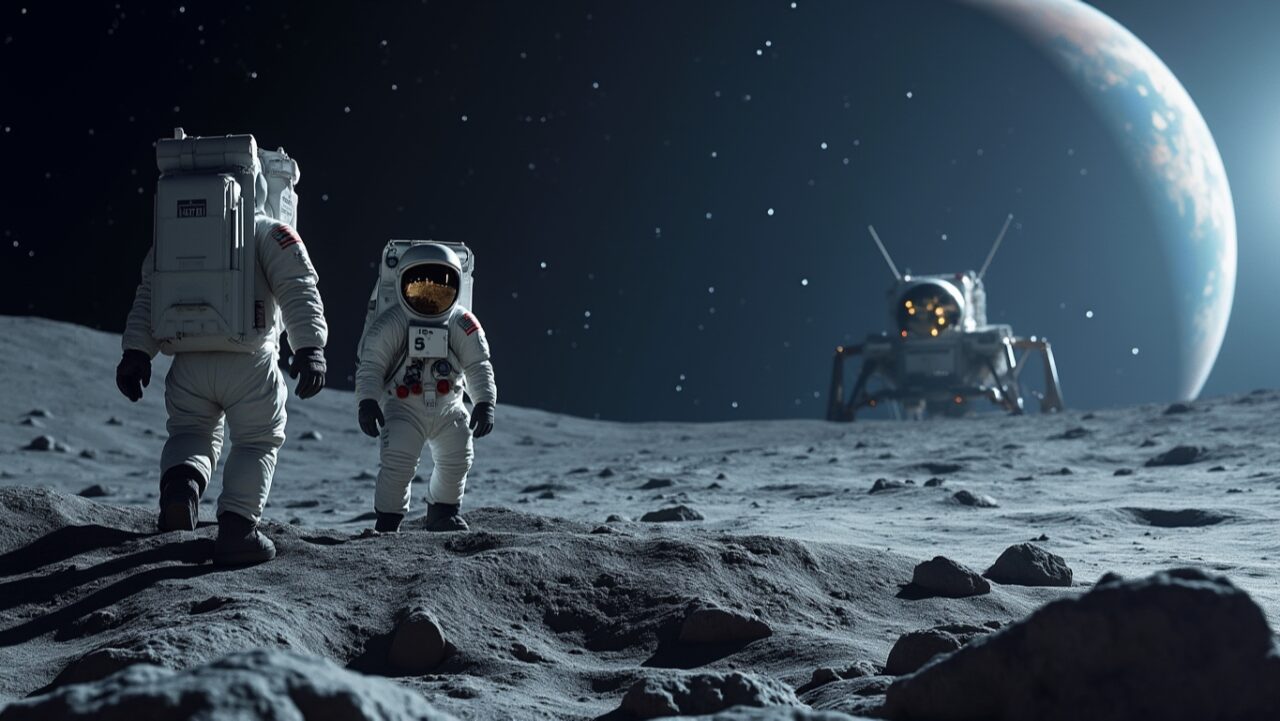The Moon’s south pole has always been said to be an ideal region for long-duration missions. It has the advantages of constant communication with Earth and constant sunlight. However, it is said that these lighting conditions could pose unprecedented challenges for astronauts’ vision. Details in our news…
Astronauts on the Moon may have vision problems: NASA developing new solutions for astronauts
At the Moon’s south pole, the sun rises to a maximum of 7 degrees above the horizon. So unlike on Earth, the human eye has to adapt quickly between intense light and deep shadows. NASA says this is one of the most important engineering challenges to be solved for long-duration lunar missions. For astronauts, functional vision is critical to the success of missions such as walking, driving or using basic tools.

In previous Apollo missions, sun angles could be managed by planning. But on the Artemis program, astronauts will often have to work with the sun directly in their eyes. NASA’s assessment teams emphasized the need to develop new requirements to prevent vision degradation due to this brightness.
NASA is currently working on a series of physical and virtual simulations to overcome these challenges. These simulations are designed to realistically assess the blinding sunlight astronauts might face and test the impact of helmet displays and artificial lighting systems. They also simulate the characteristics of the lunar surface to assess the potential risks of daily activities.
In short, in the light of all the studies, all systems from spacesuits to lunar module windows will be designed in an integrated way to support astronauts’ vision. What do you think about this? You can share your views in the comments section below…













